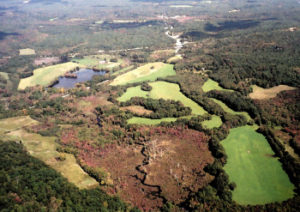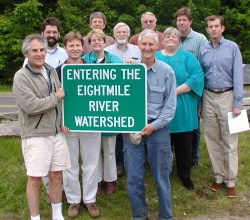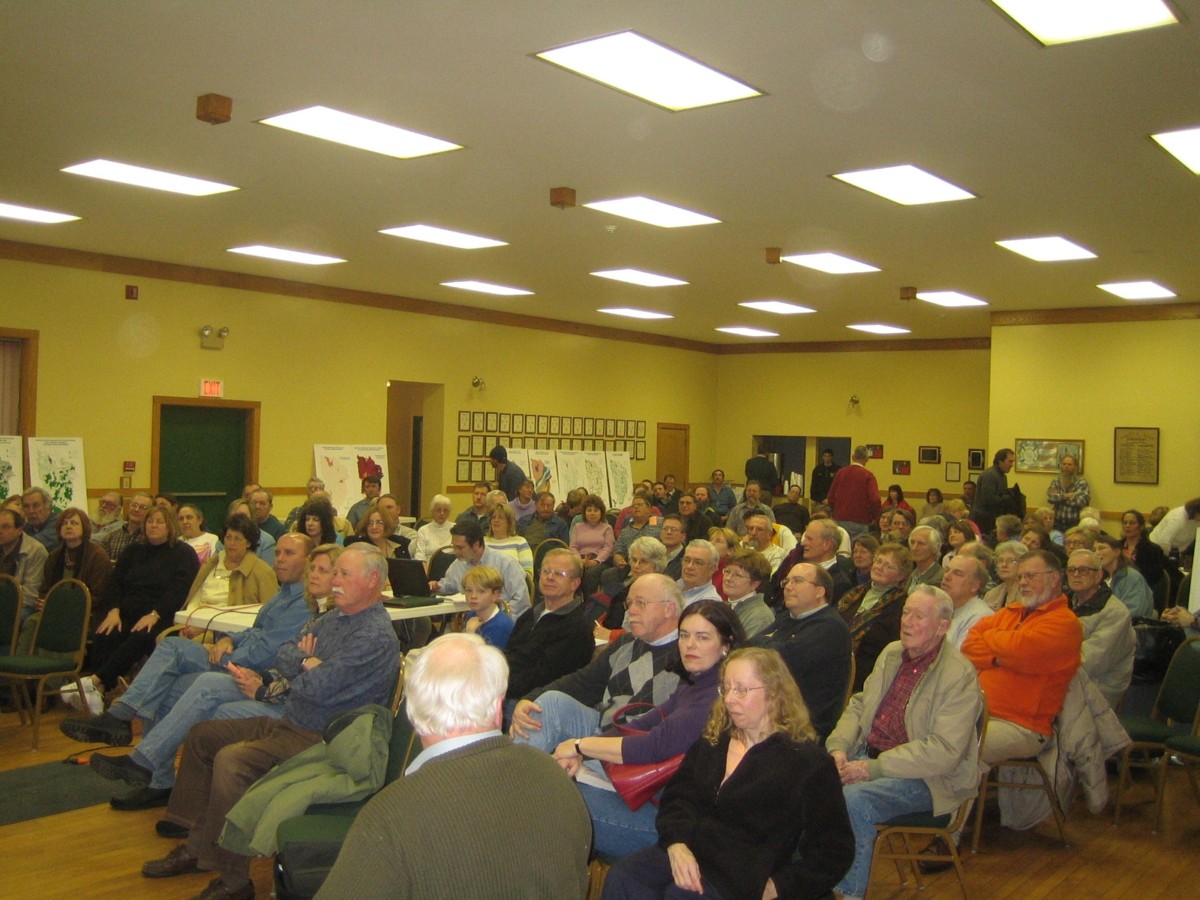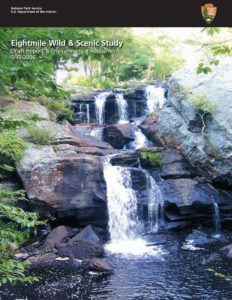Our History
Mid 1990s
A broad group of local citizens came together with the goal of protecting the Eightmile River and the intact watershed landscape that surrounded it.
This initial group of local citizens, supported by The Nature Conservancy and the University of Connecticut Cooperative Extension System, recognized that the watershed’s exceptional resources could qualify it for Congressional Wild and Scenic Designation. A local campaign by members of town boards, area land trusts, The Nature Conservancy, river-fronting landowners and other residents was undertaken to initiate the Wild and Scenic process.

November 2001
The Eightmile River Wild and Scenic Study Act is passed by Congress, and authorizes the study of the the Eightmile River from its headwaters downstream to its confluence with the Connecticut River for potential inclusion in the National Wild and Scenic Rivers System. Thanks to Congressman Rob Simmons and Senator Chris Dodd who helped secure the authorization and funding of the Study.
2002-2005
A local Wild and Scenic Study Committee was formed, which carried out the Wild and Scenic Study and developed the Watershed Management Plan. National Park Service provided staff support and overall coordination. Sub-committees on management, natural resources, cultural resources, and outreach and education helped guide and implement the study process.

December 2005
The Study Committee releases the draft Watershed Management Plan and receives endorsements from the land use commissions and boards of selectmen from the three primary towns within the watershed.
January 2006
The towns of Lyme, East Haddam, and Salem each held a public meeting vote on endorsement of the Management Plan as well as Wild and Scenic designation at which time the endorsements were passed by a wide margin.

July 2006
The Eightmile River Wild & Scenic Study Draft Report and Environmental Assessment is released, which summarizes the findings of the study completed by the National Park Service and the local Study Committee.
The local Study Committee transitions to a Coordinating Committee.

2007-2008
Planning and zoning commissions of Salem, Lyme, and East Haddam adopt the Eightmile River Watershed Overlay District regulations in order to preserve a fully-functioning aquatic system and to prevent damage to the critical buffer zone around it's watercourses. The buffer zone is the 100 feet from the edge, or high water mark, of all major rivers and streams, and 50 feet from the edge of all smaller headwater streams.
May 2008
Congress votes to designate the Eightmile River Watershed as the 12th Wild & Scenic Partnership River. President George W. Bush signs this legislation into law , designating the Eightmile River watershed as one of the nation’s great Wild & Scenic River Systems.

